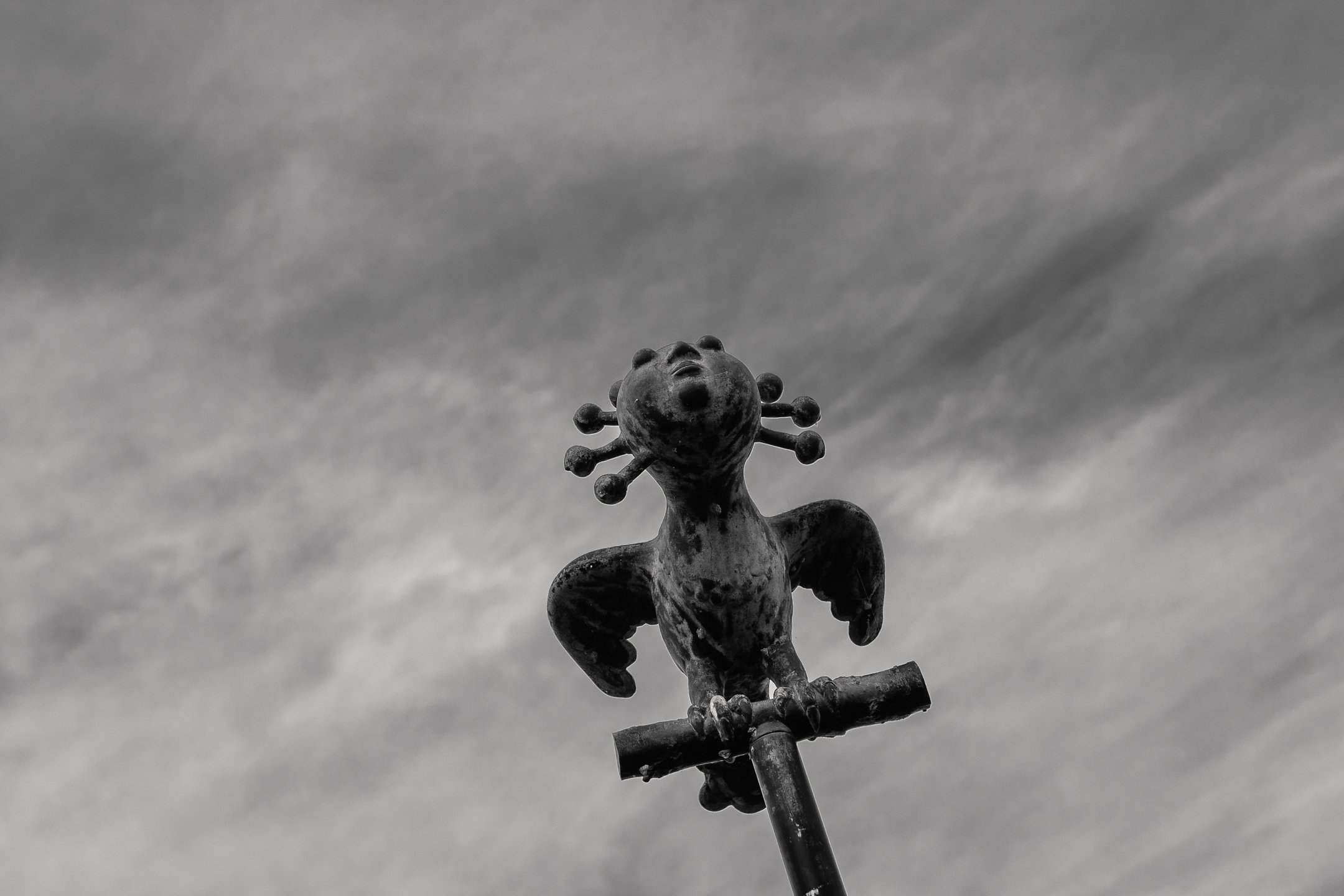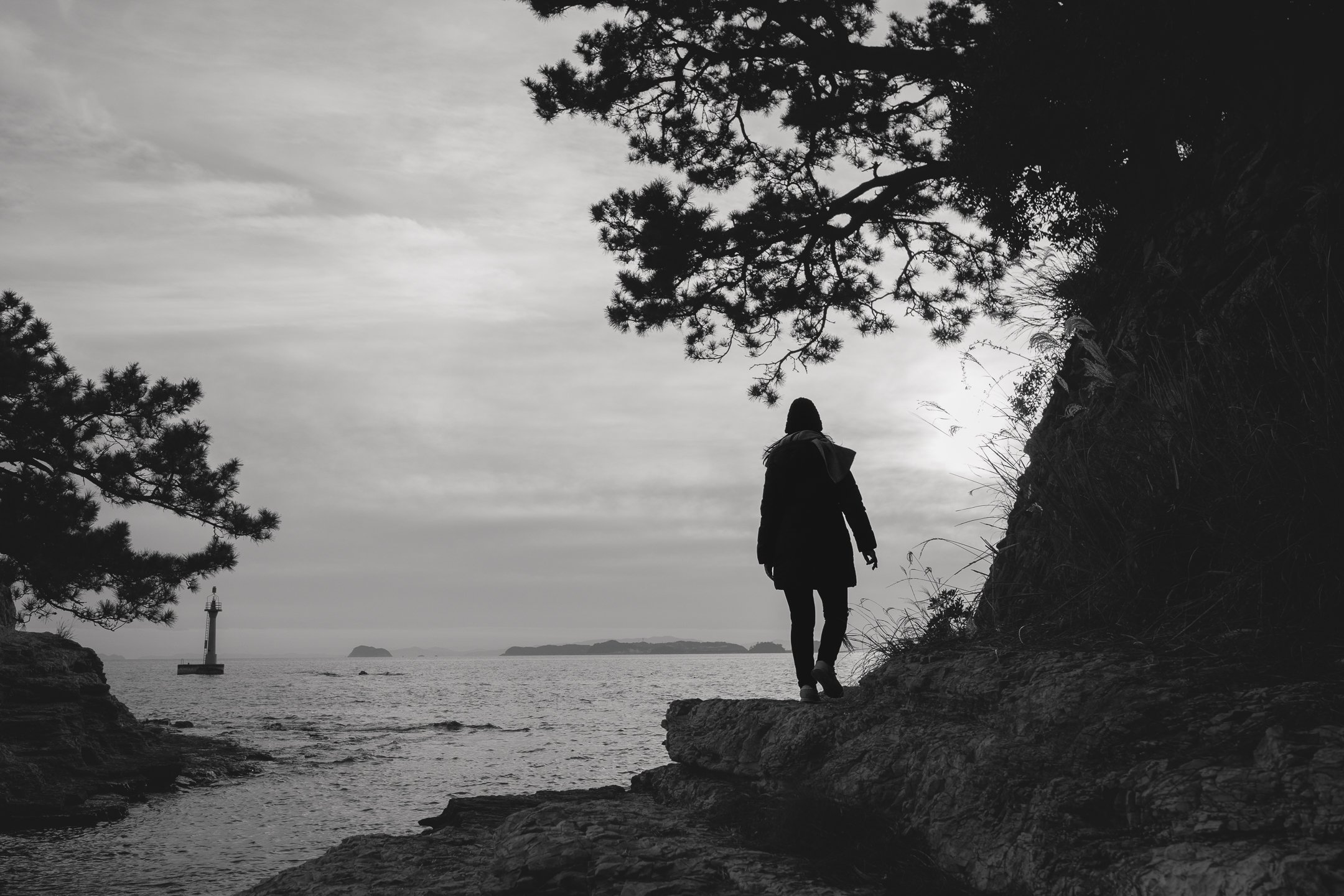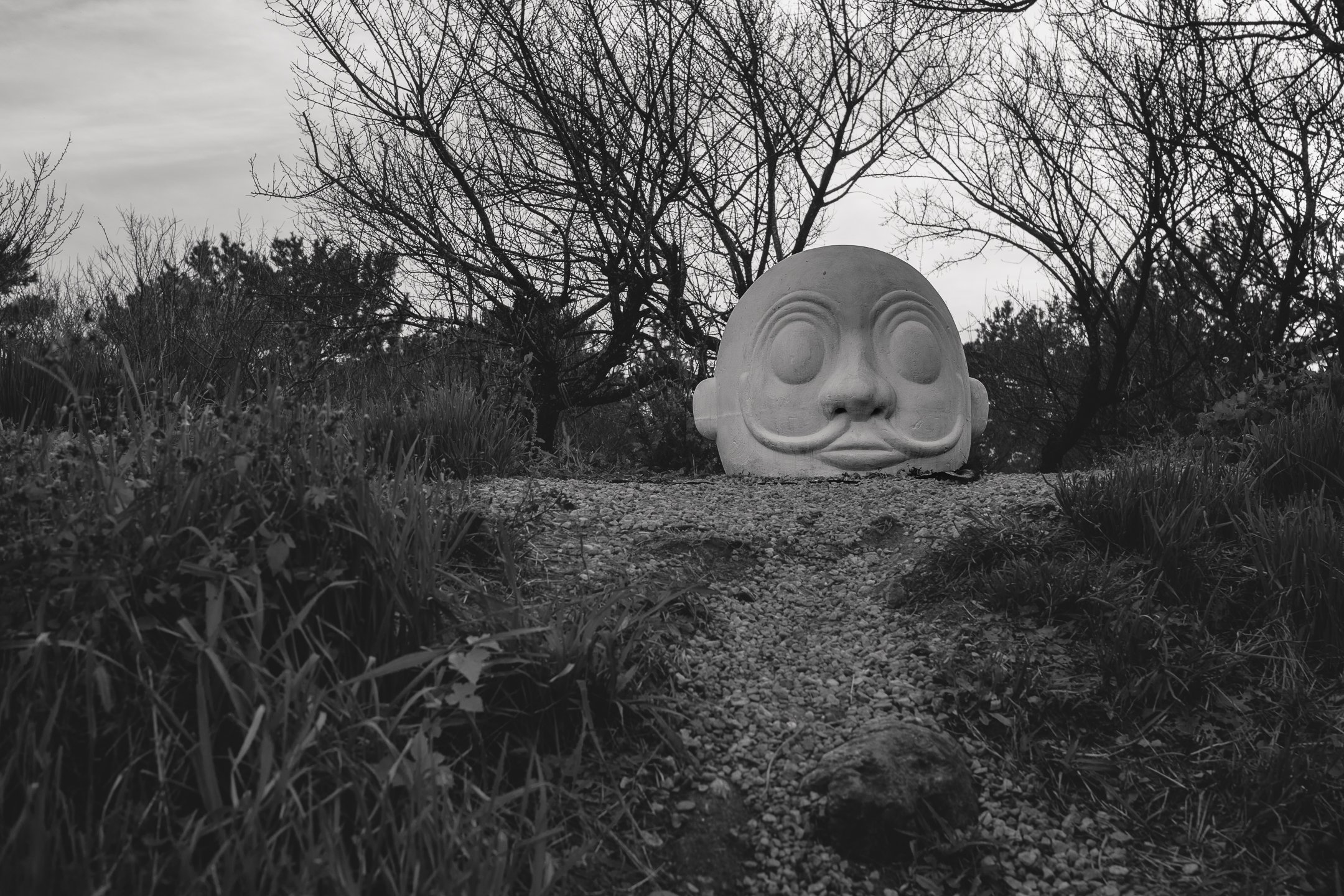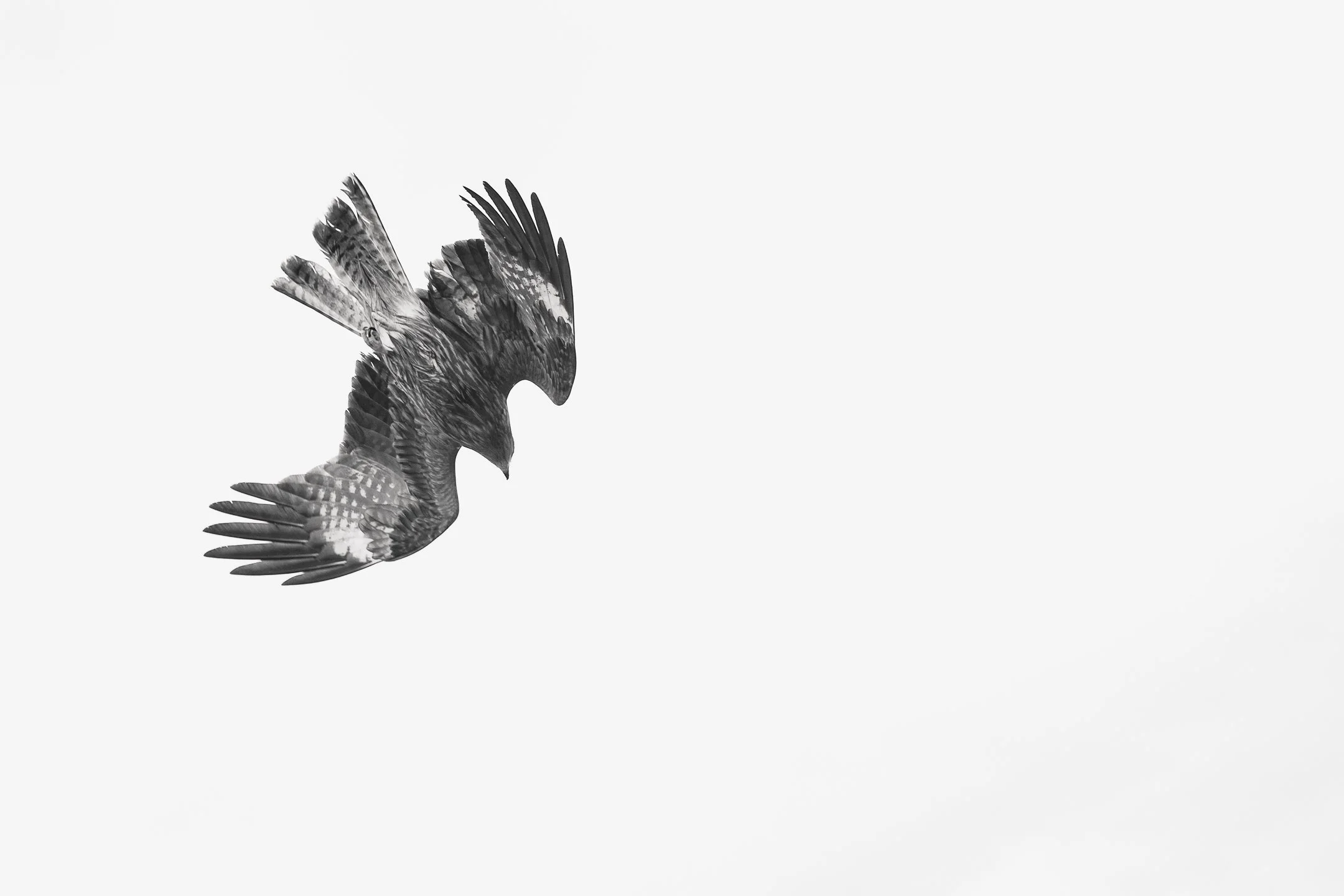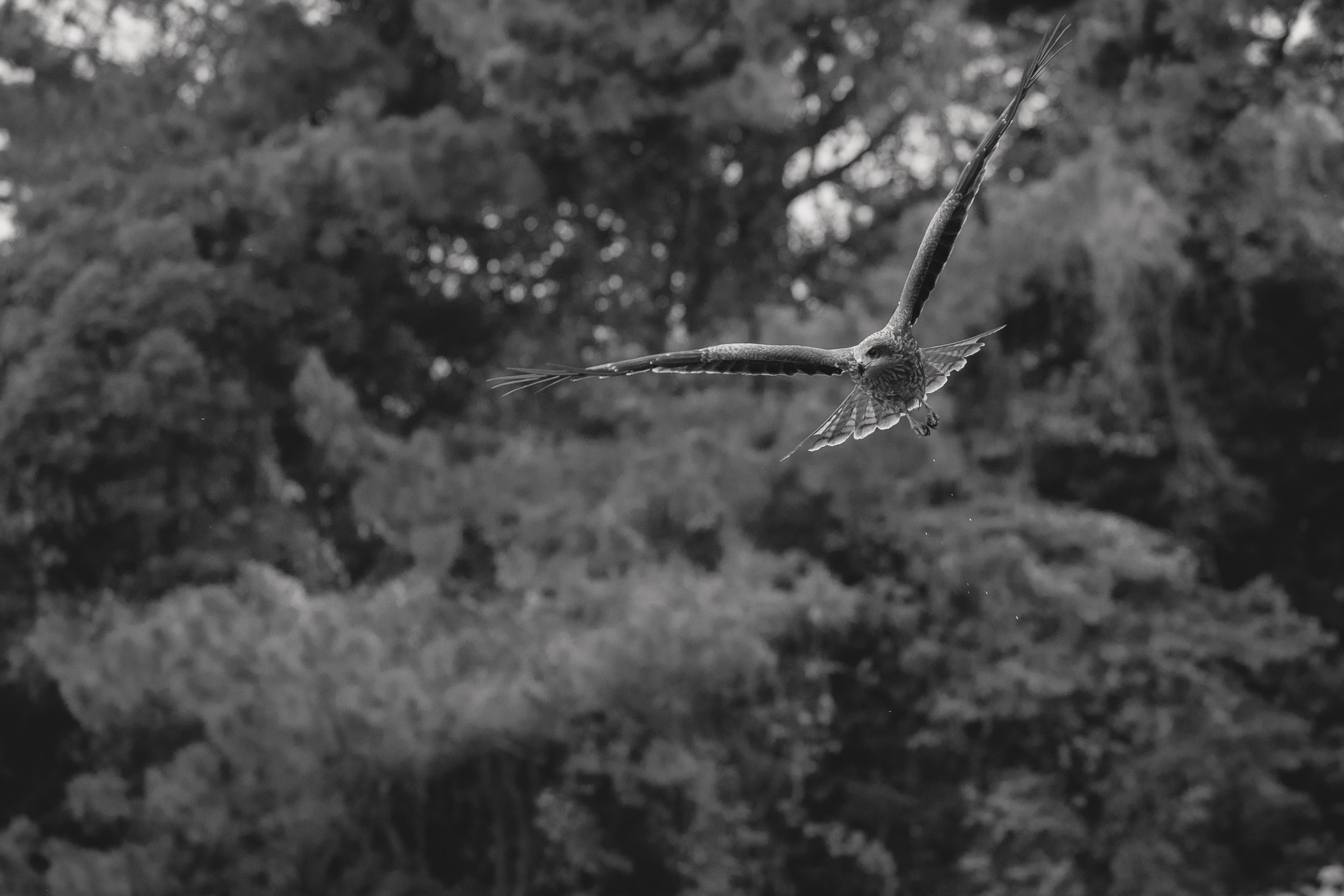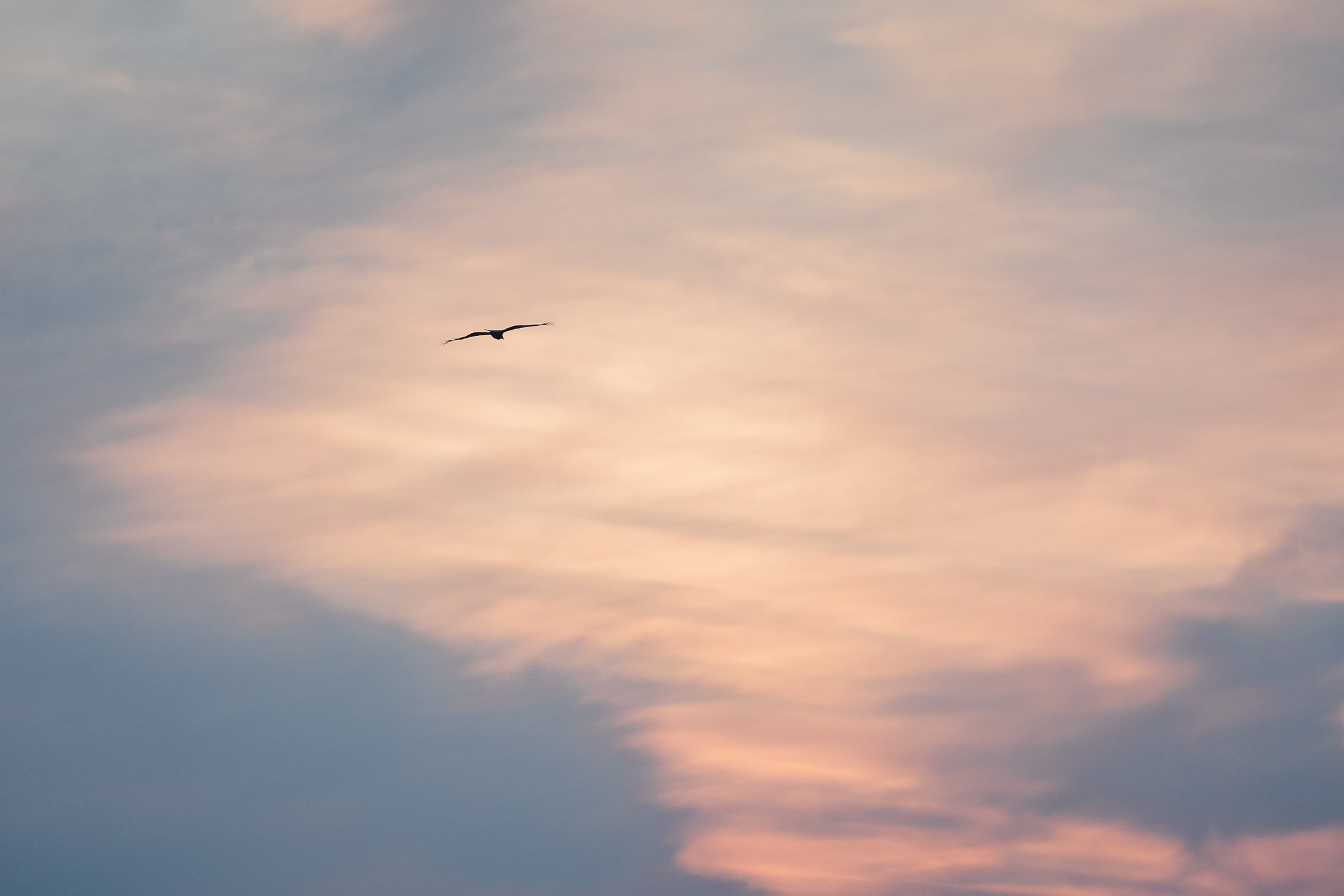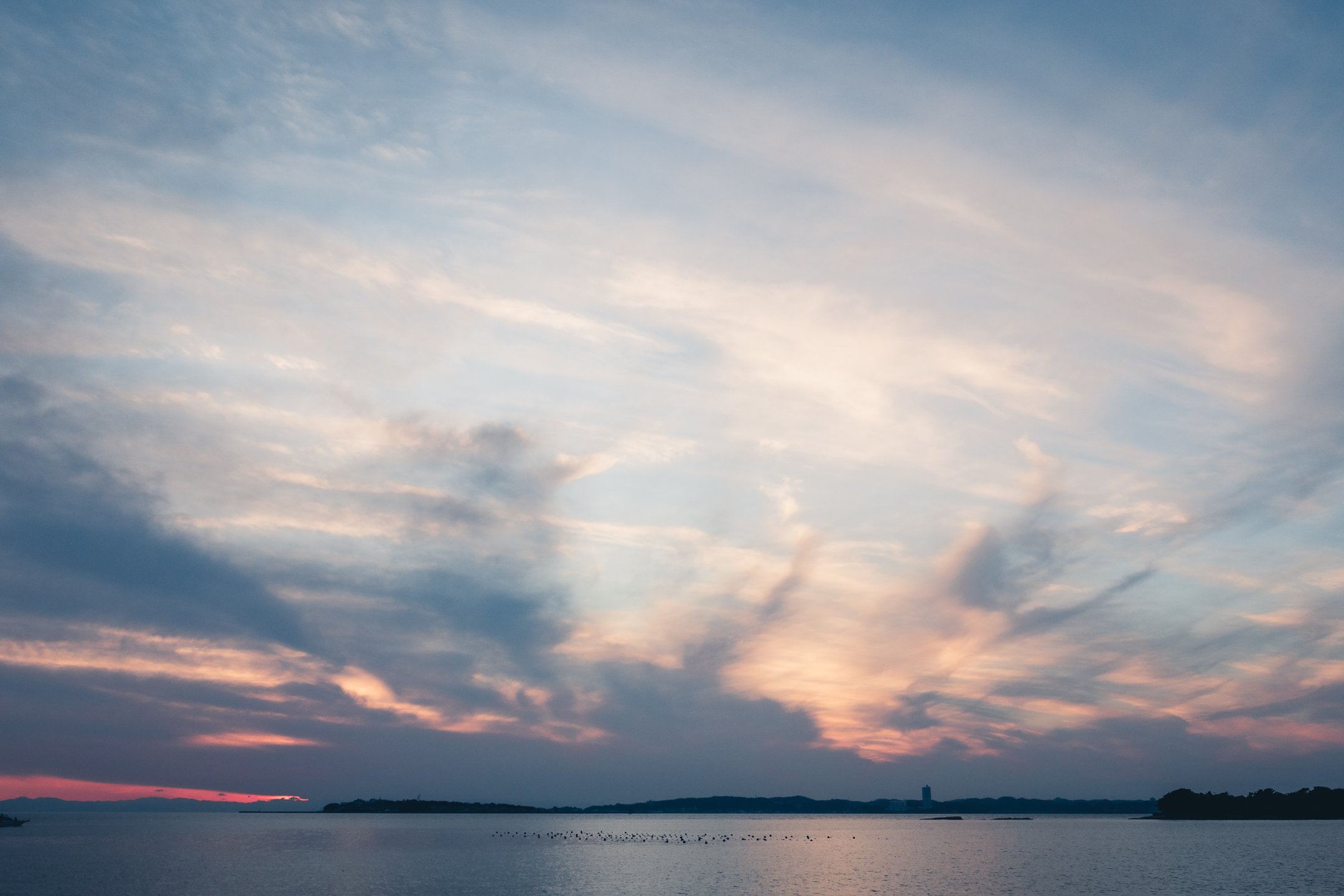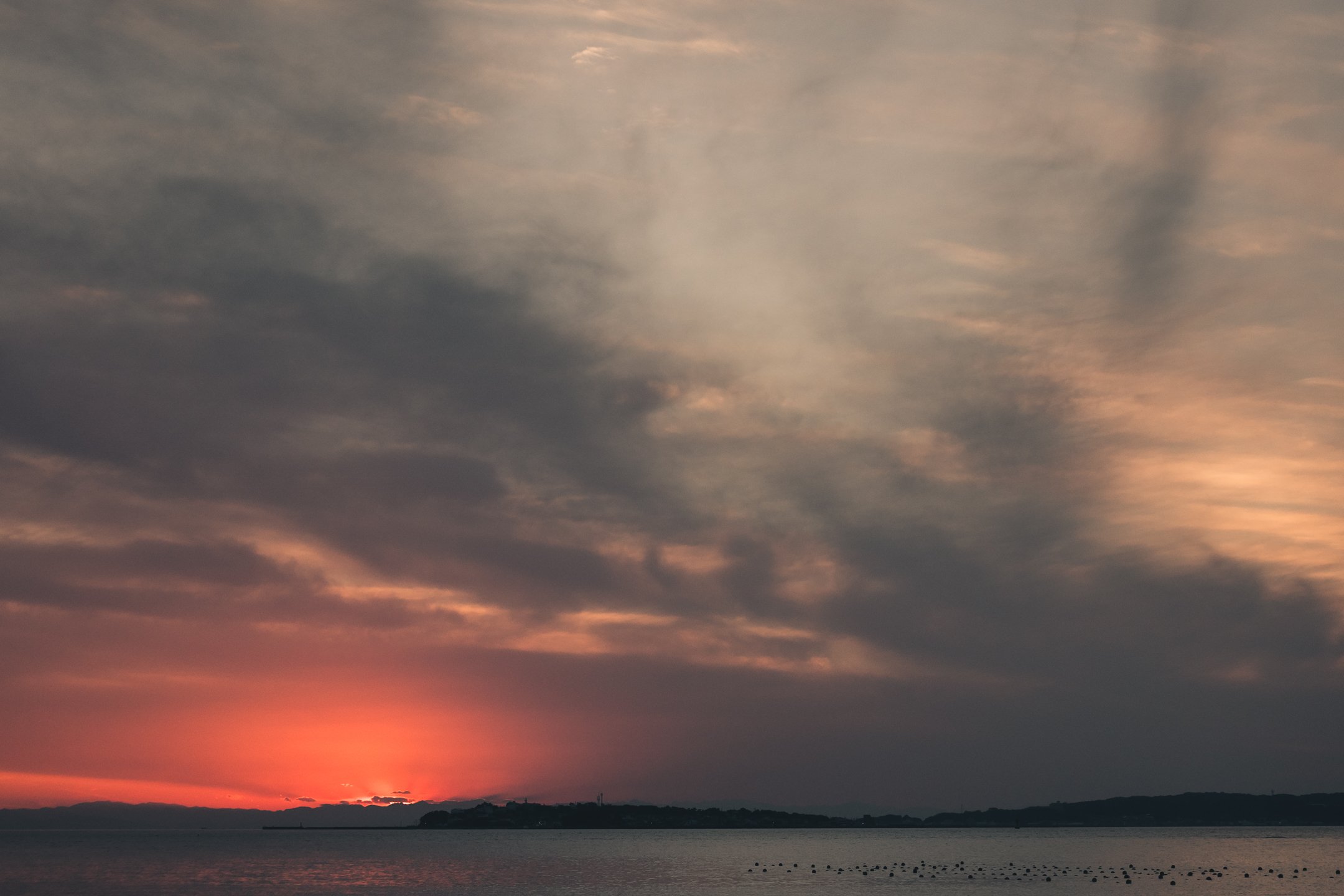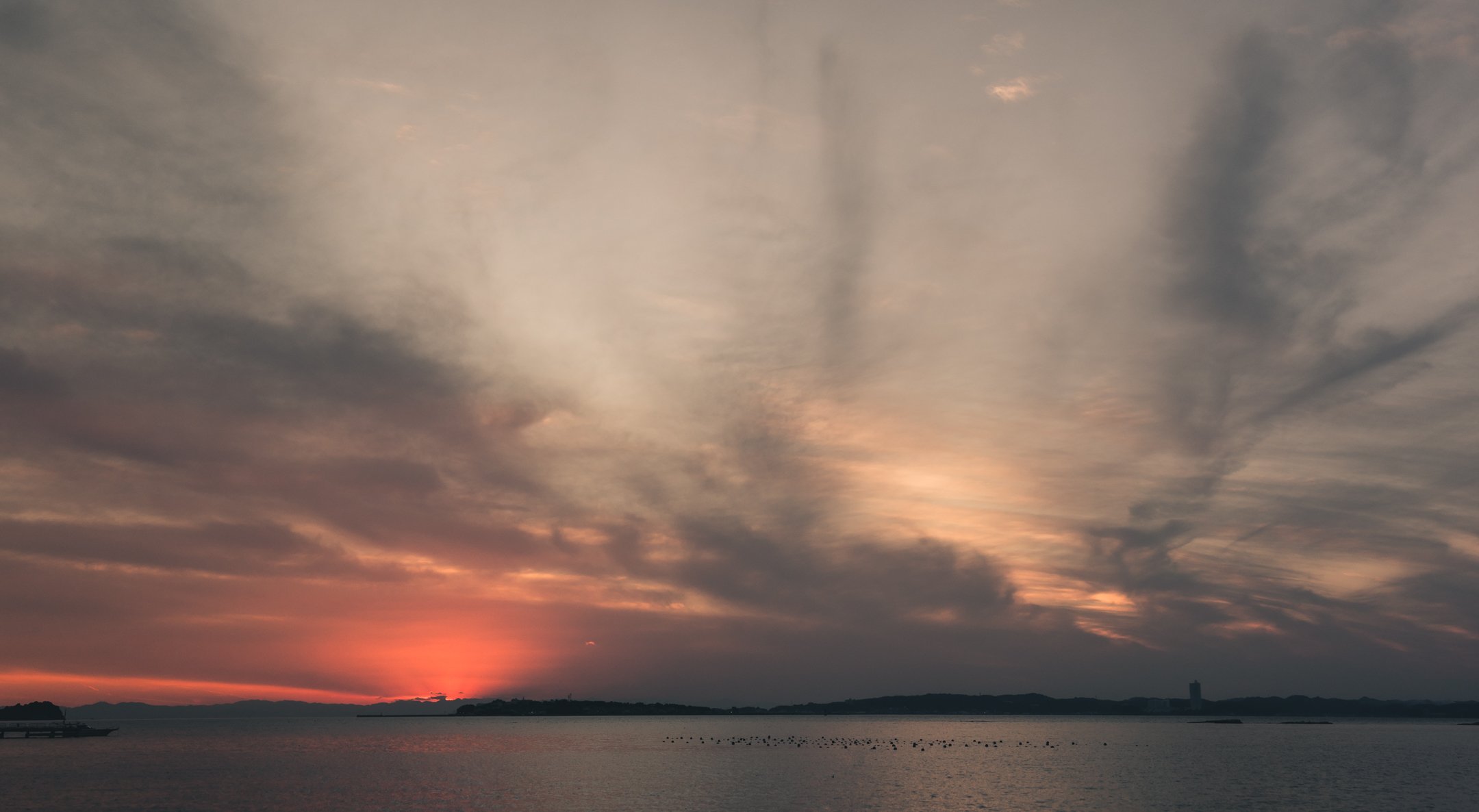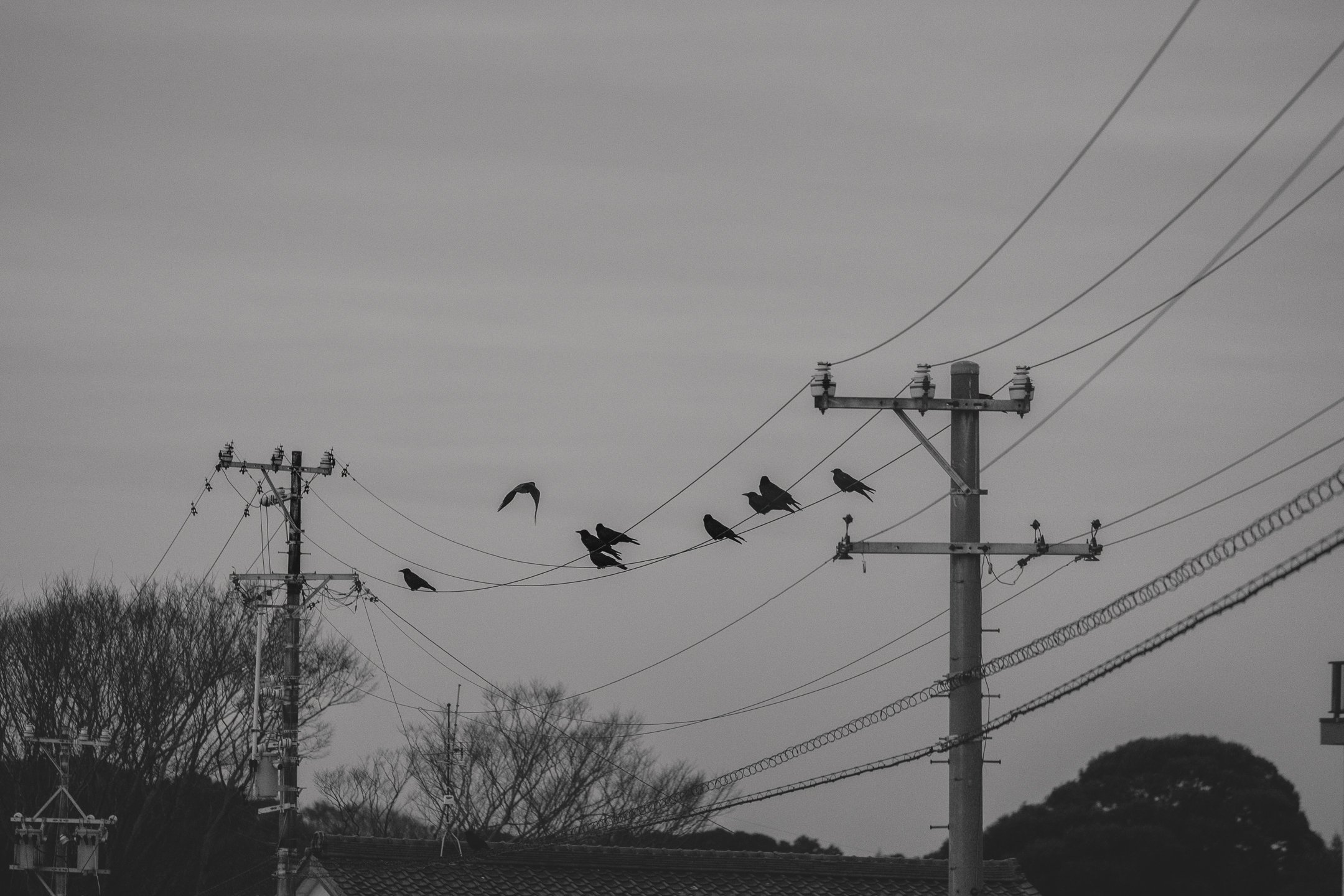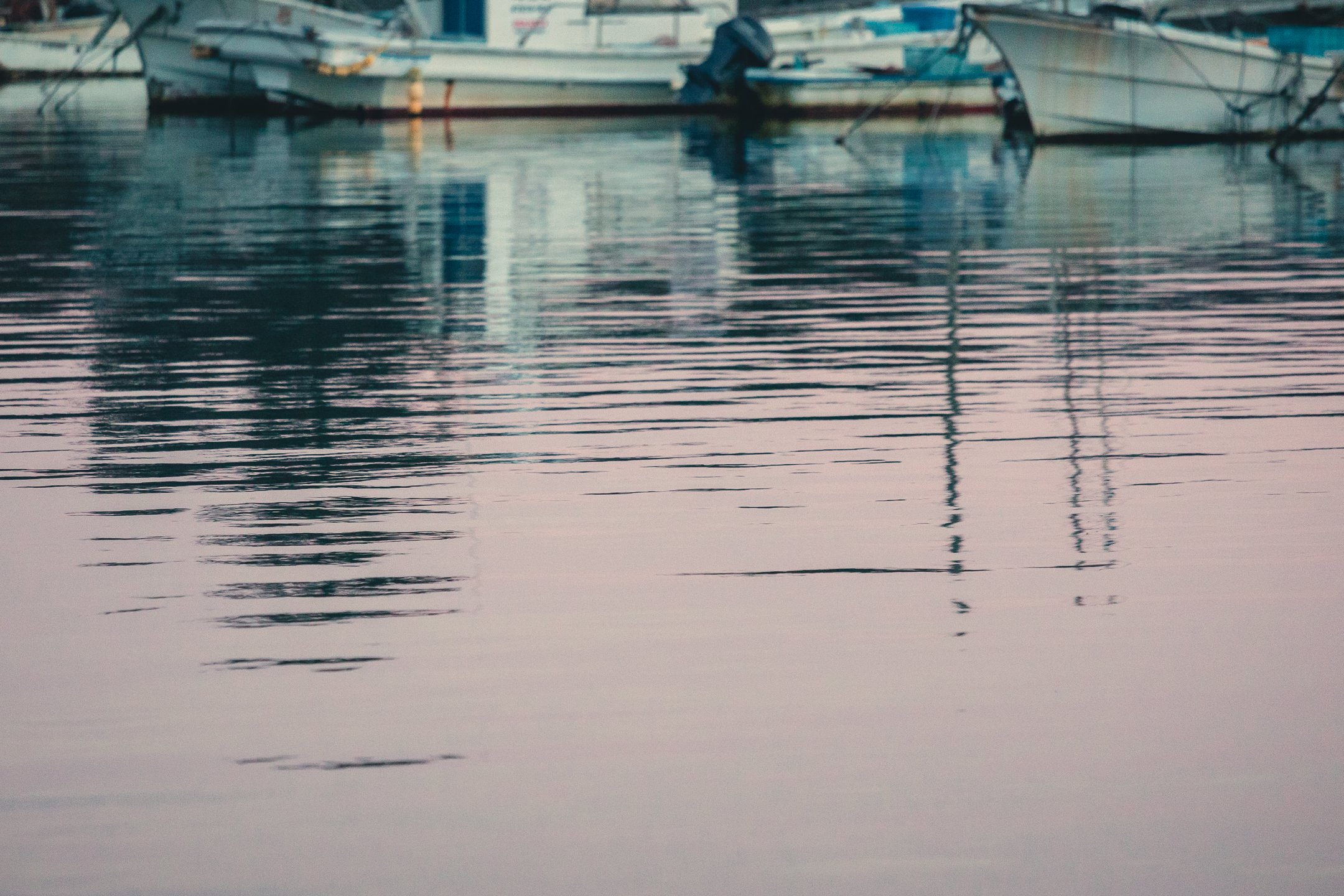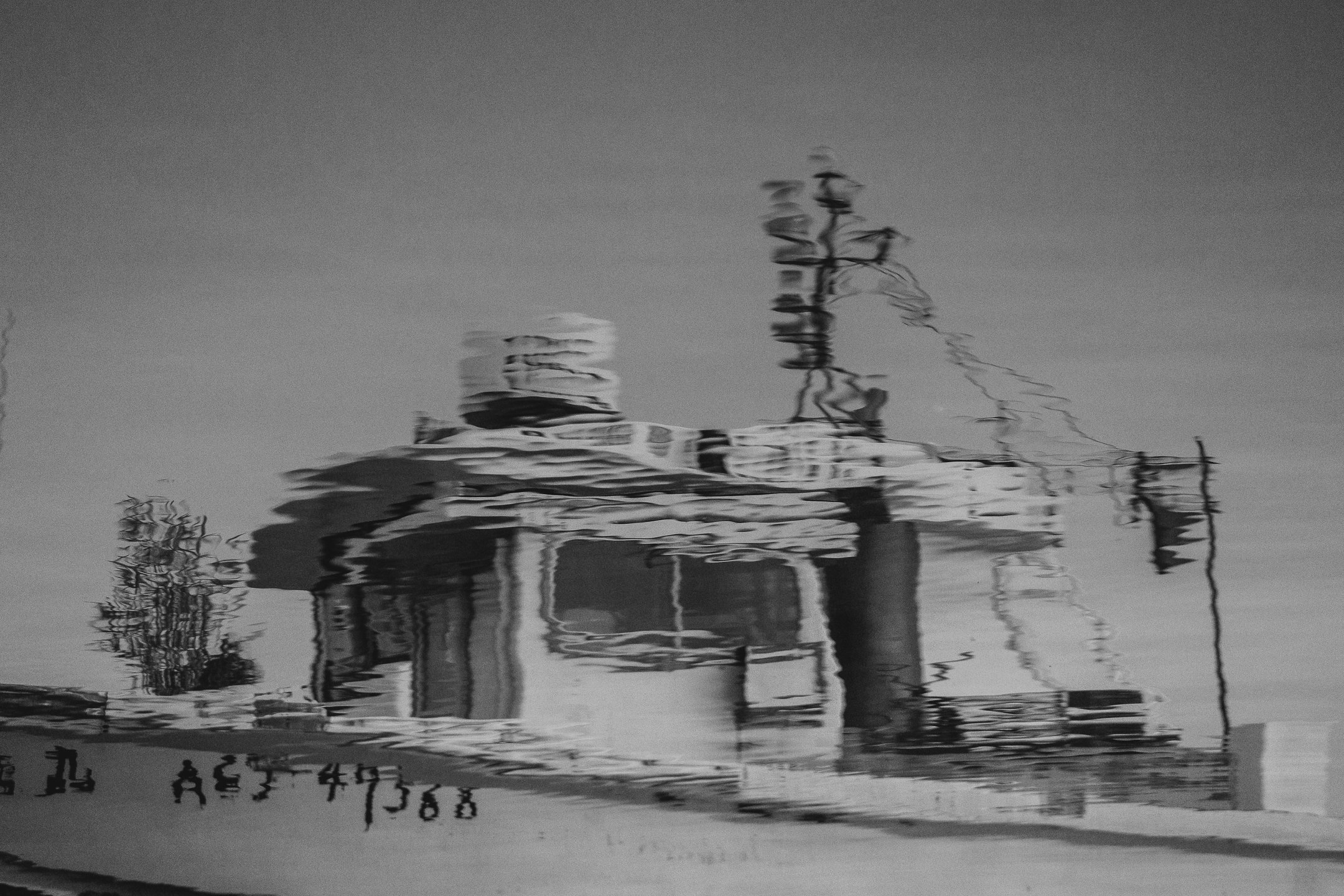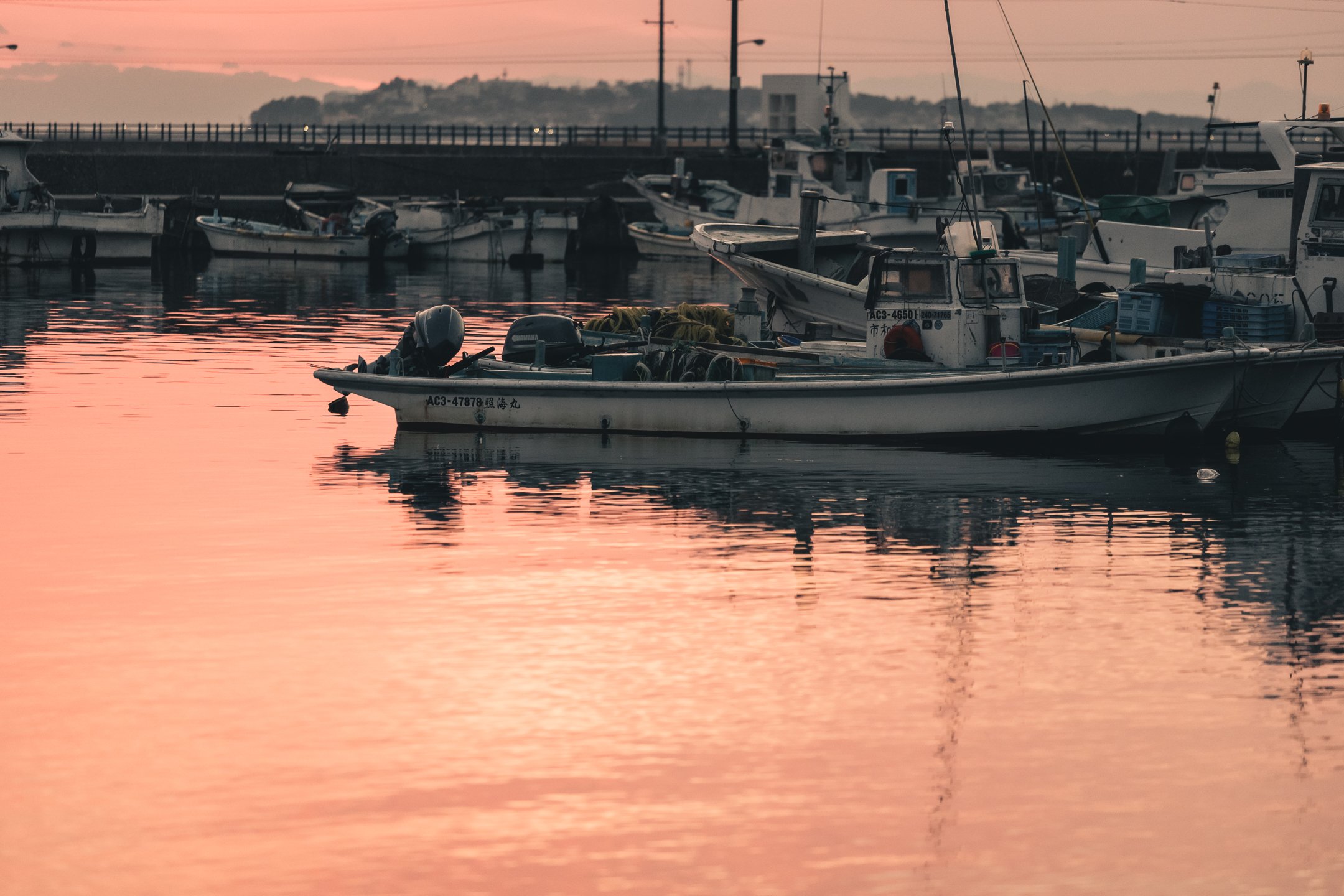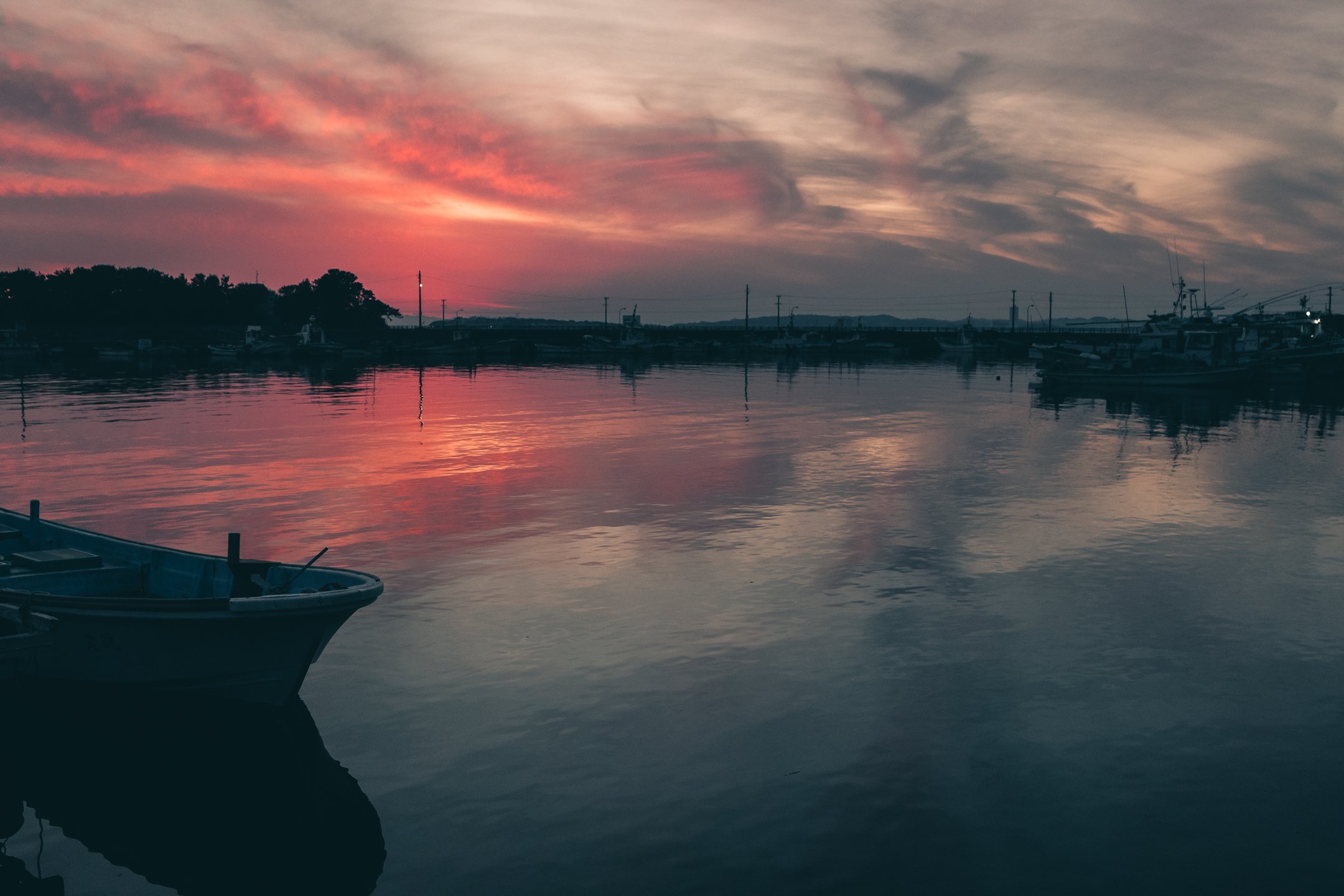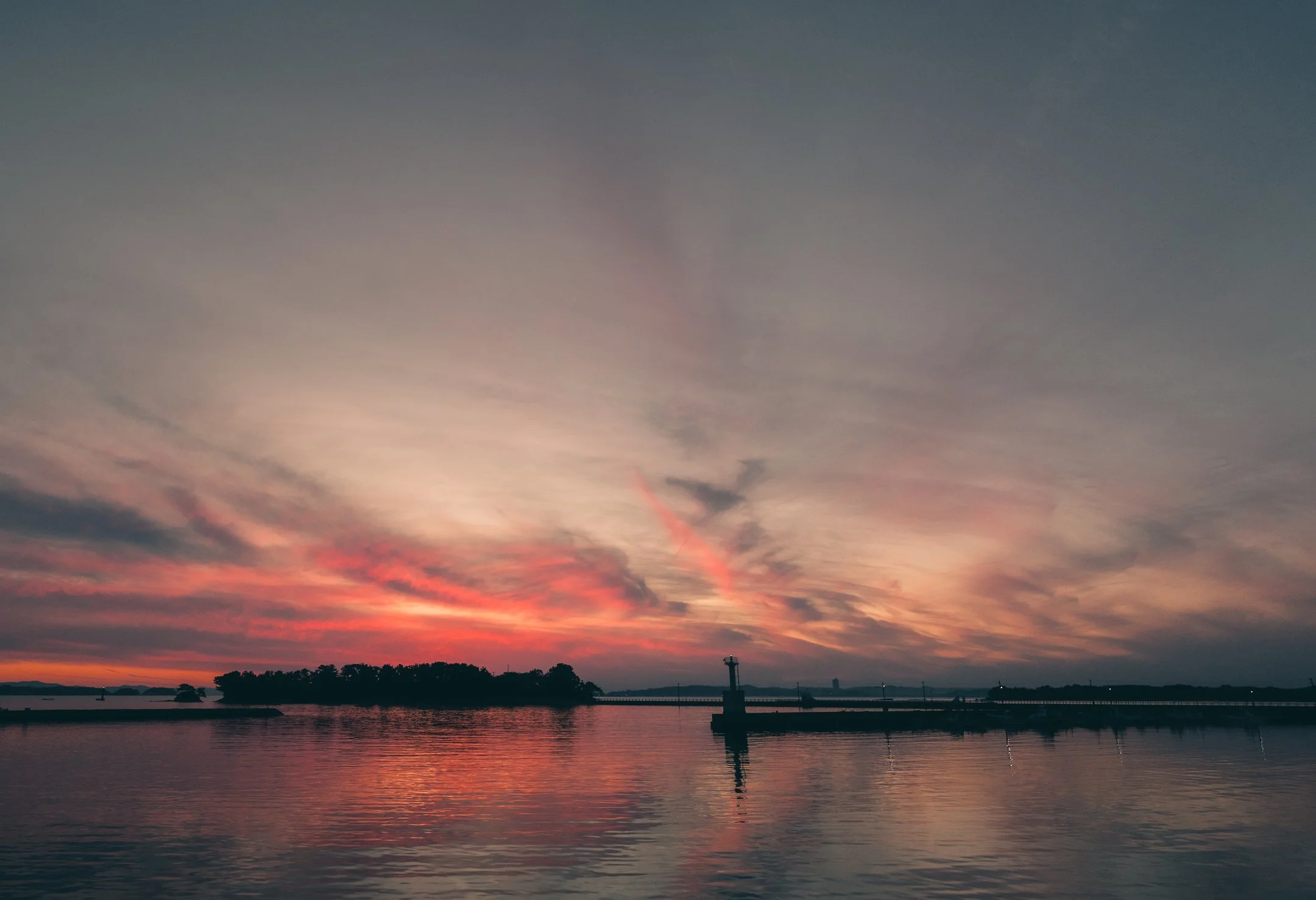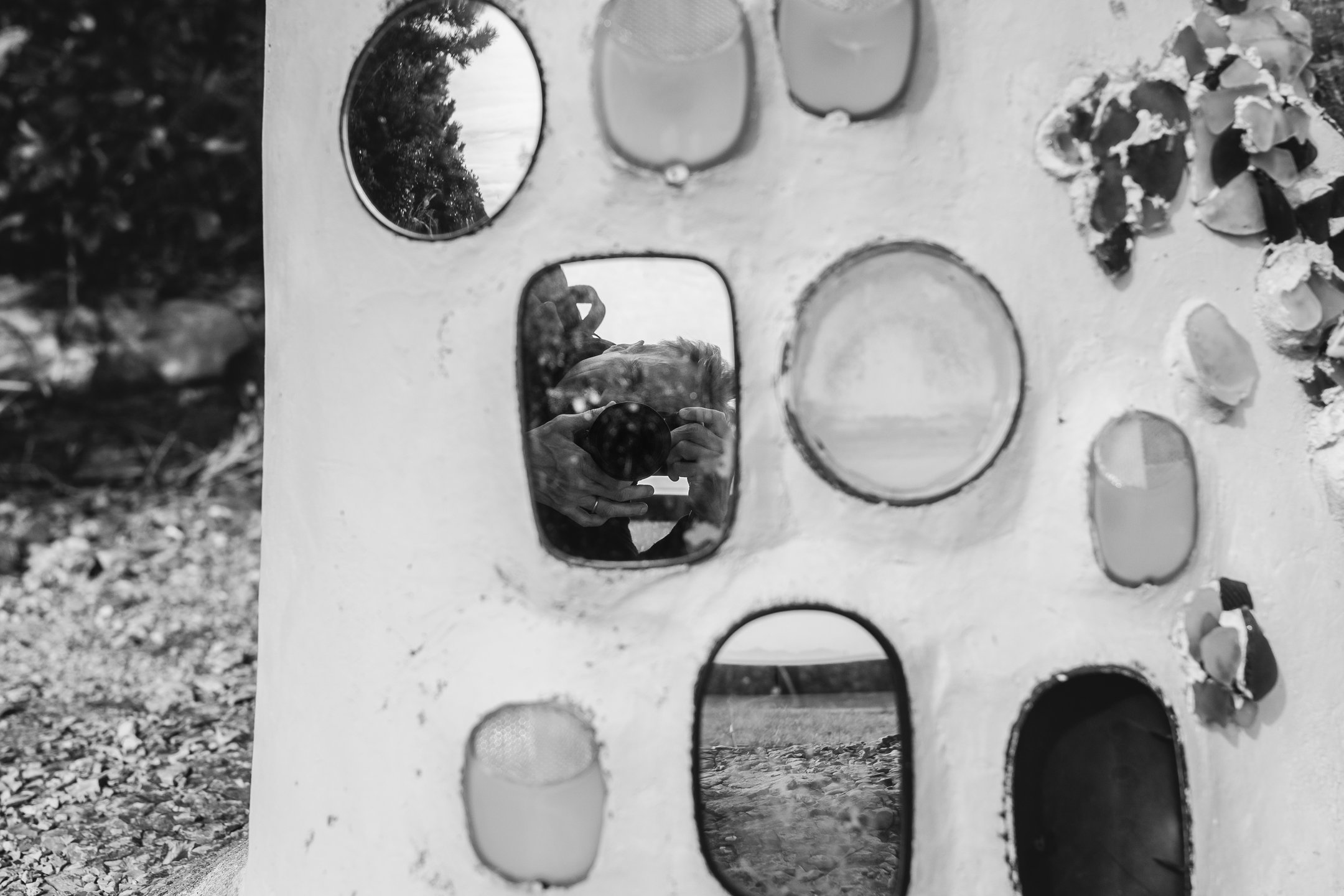Sakushima is a crab shaped island one hour by car (plus a 20 minute ferry ride) from Nagoya. It is mostly forest with a population of about 300 people living in two small villages on the east and west side of the island. There are no traffic lights or convenience stores, and the maze of narrow streets winding between the weathered buildings can be walked in a day. In the year 2000, in an effort to revitalize the island and inspired by Japan’s more famous art island, Naoshima, “an outdoor art gallery” was built with 22 pieces of modern art scattered throughout the island that you can touch, sit on and crawl over. I went with my wife for a one-night trip, and we spent several hours just walking the island, often with no other people in sight as it is off-season. We saw fishing boats, art works, various birds, and a beautiful sunset. We also had great seafood in our hotel. Highly recommended for a low-key get away in the Nagoya area.
